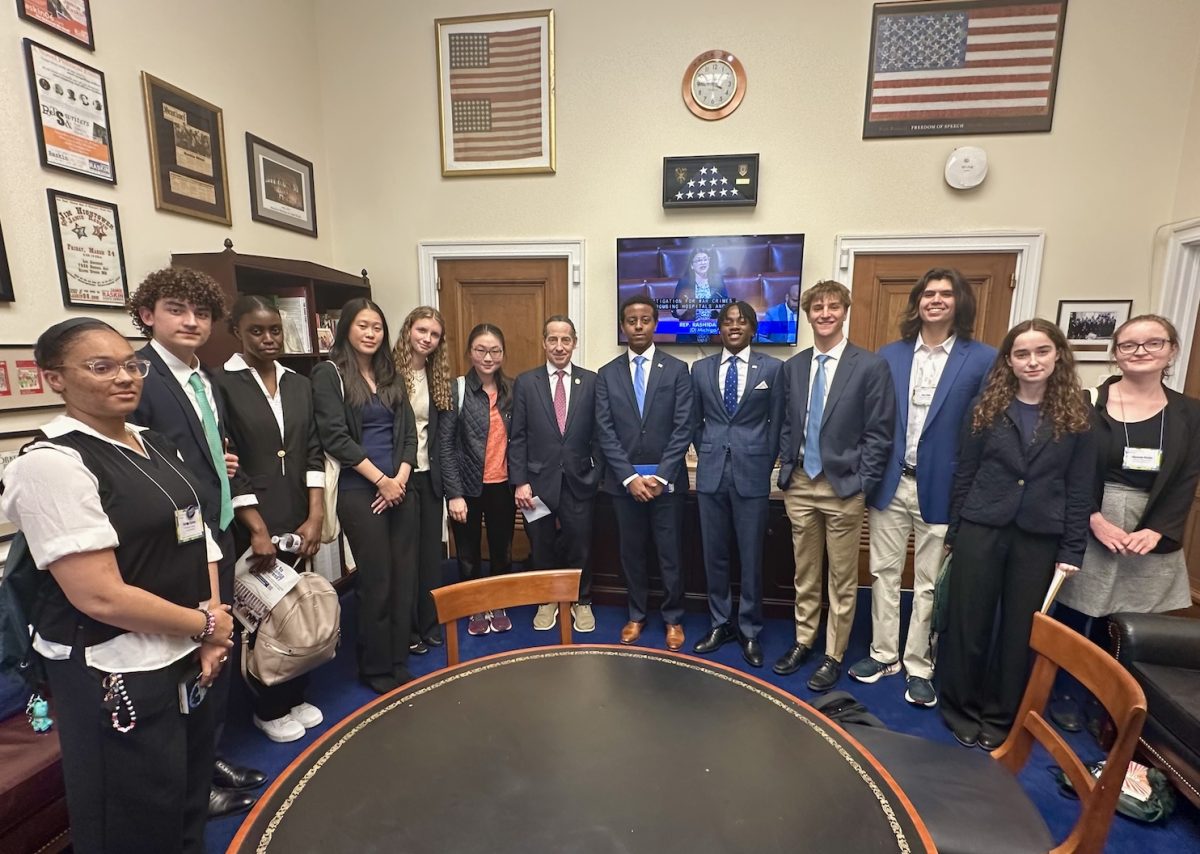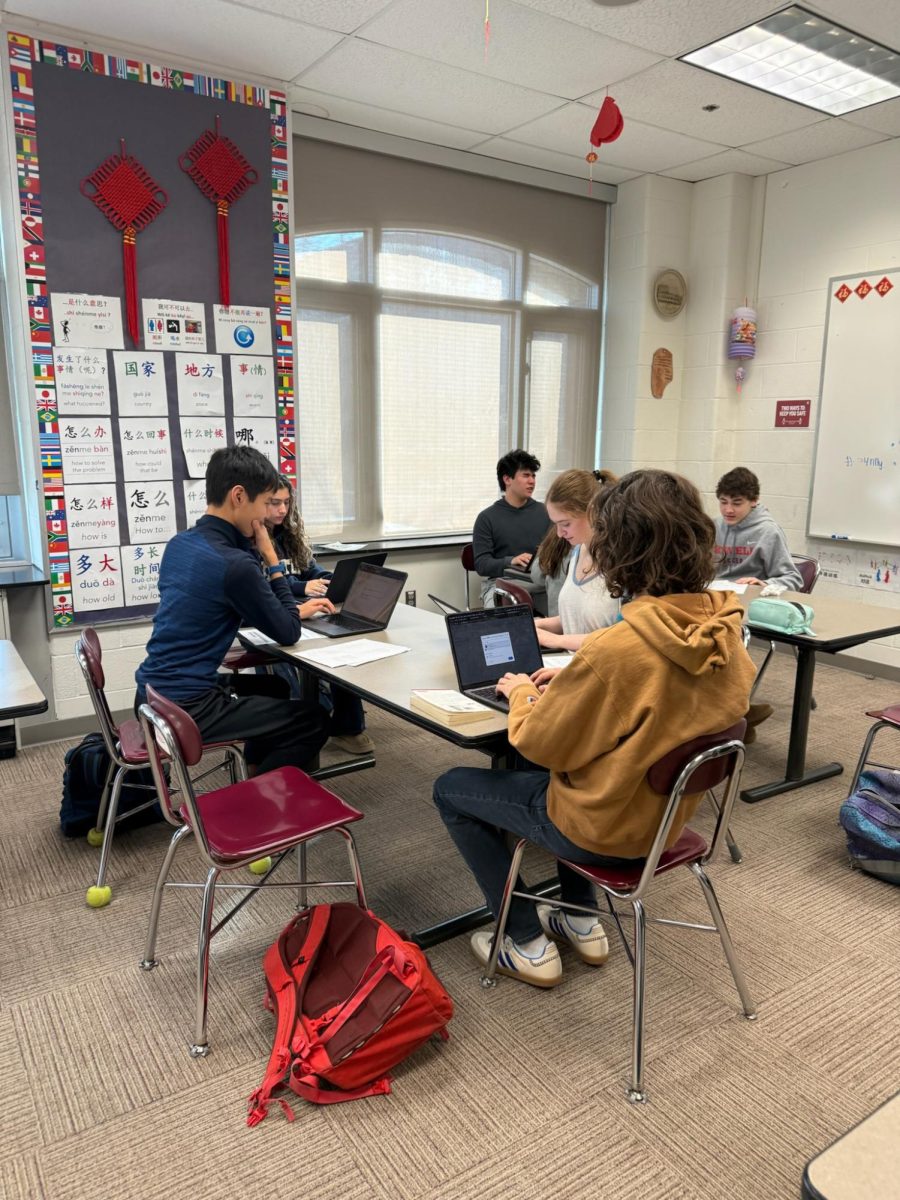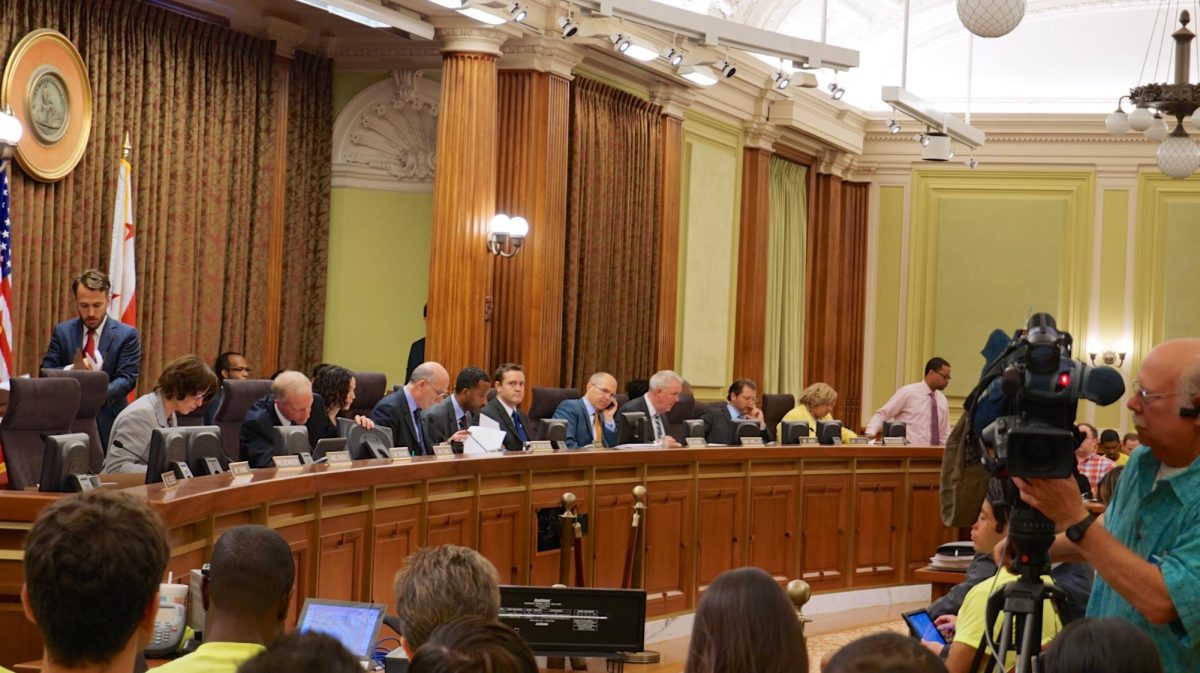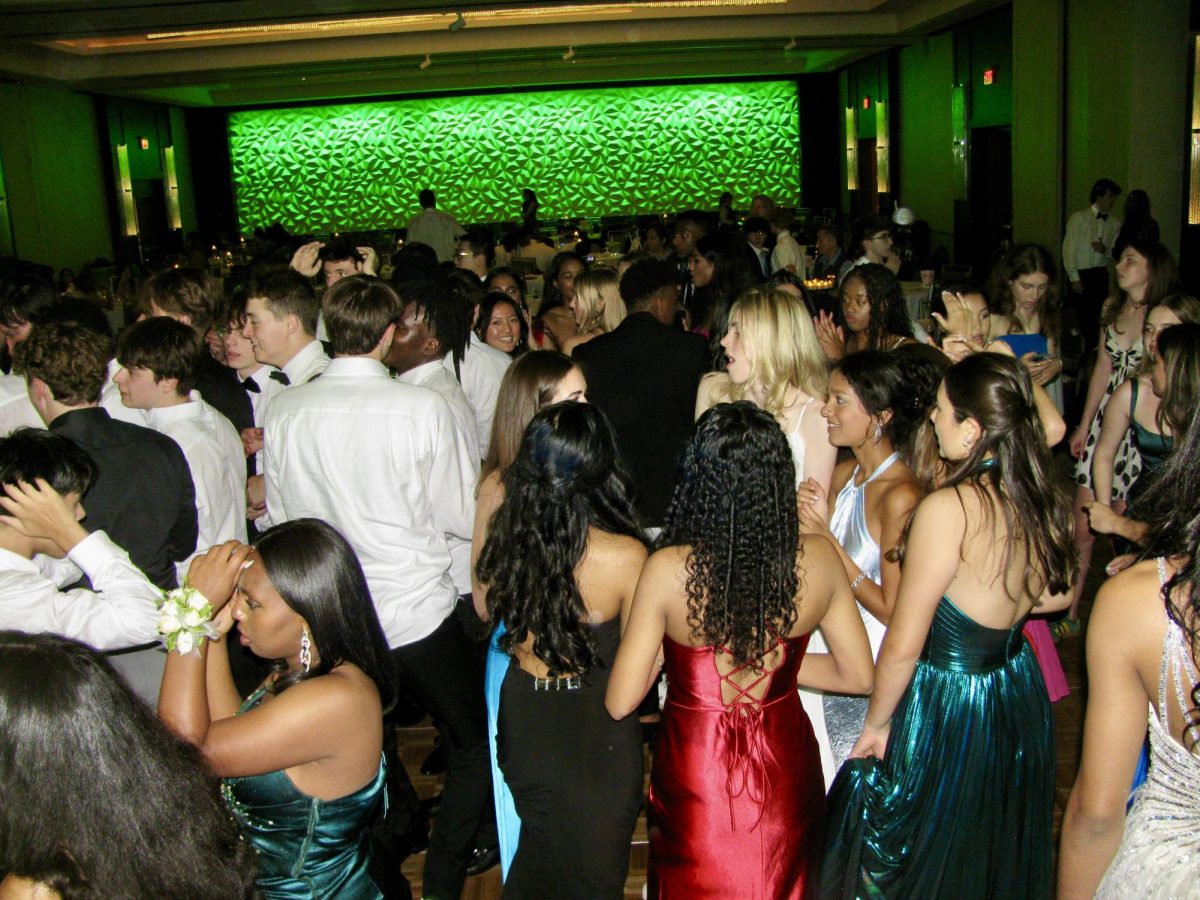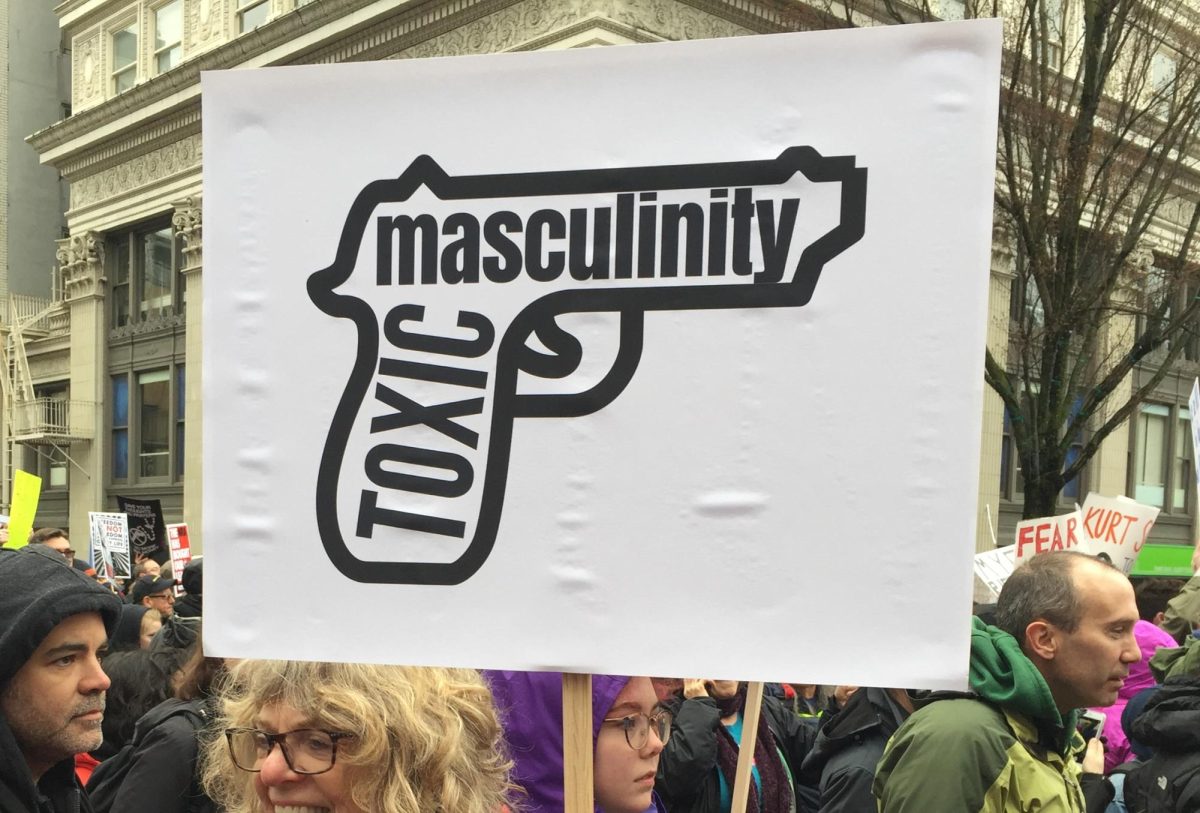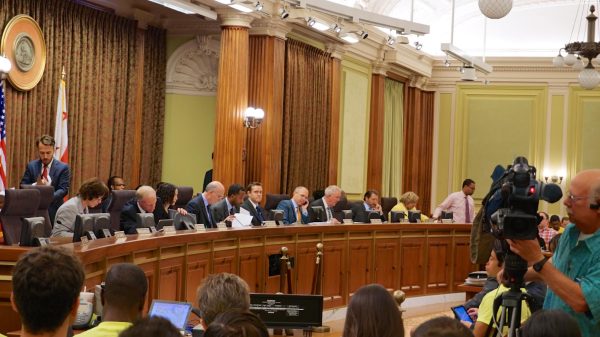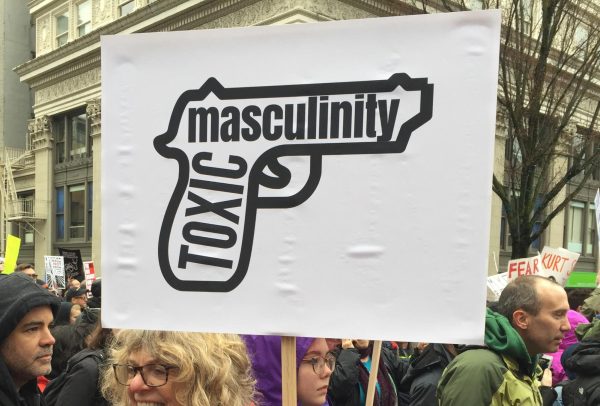The Refugee Crisis Cannot Go Ignored
In sixth grade, I saw a video during a social studies lesson. I remember sitting on the floor, right in front of the whiteboard, staring up at the screen. The video — titled “Most Shocking Second a Day Video” — was only one minute and 30 seconds long, but I was captivated. The beginning displayed a young girl having fun with her friends and family after her birthday. As the video progressed, however, oncoming signs of a crisis appeared: planes flying overhead, gunshots, power outages and a bombing. At the end of the film, the text “JUST BECAUSE IT ISN’T HAPPENING HERE DOESN’T MEAN IT ISN’T HAPPENING” blared on the screen. It was shocking — it showed me how quickly life could turn upside down.
The video referenced the Syrian refugee crisis, which according to ABC News, forced 1.2 million Syrians to seek asylum in Europe. Amnesty International defines an asylum seeker as “a person who has left their country and is seeking protection from persecution and serious human rights violations in another country, but who has not yet been legally recognized as a refugee and is waiting to receive a decision on their asylum claim.” The 1.2 million Syrian refugees were among a total global refugee population of 21.3 million in 2021, the greatest number of refugees in a year since World War II, according to the UN. Syrian refugees were considered a threat to national security and the cultural homogeneity of Europe, however. They were faced with hostility from places that were supposed to become their homes.
Nearly 11 years after the start of the Syrian civil war, the Syrian refugee crisis remains the largest humanitarian crisis in the world, according to the UN Refugee Agency. Since 2016, however, the crisis has been largely ignored by mass media, and the situation has only deteriorated. Along with the Syrian civil war, torrential rains and floods have devastated the northwest region of Syria, and 6.9 million Syrian refugees remain internally displaced, according to the UN Refugee Agency. While only 5% of Syrian refugees live in refugee camps, more than 70% are living in poverty, unable to access basic needs like clean water, food, electricity and medicine, as stated on the UN website. Furthermore, because of the the population’s overwhelming poverty, many Syrian refugees are susceptible to exploitation in the forms of child labor, child marriage and gender-based violence. Additionally, with the beginning of the pandemic in 2019, Syrian refugees have faced a higher risk of contracting COVID-19 because of their inability to practice public health protocols in overcrowded living situations.
In sixth grade, the news we were presented with devastated me. I felt powerless, and I did not know what I could do to help. But now I can. By writing this article, I know I am fulfilling part of my responsibility by simply spreading awareness, something that everyone can contribute to. Donating clothing, food, furniture and money is another way to help refugees across the globe. Because many refugee children lack access to education, tutoring children and providing them with school supplies can also change the course of individual lives. If you feel compelled, or if you’re curious about other ways you can help, contact the Refugee Support and Awareness Heads.








